From Anthropocene, to Aerocene, through Biocene.
Critical reflections on the future of air mobility.
“The growth of the aerial human presence imposes us to design beyond a blind human-centric technological determinism and carefully consider its implications and consequences ”

Research project team: Irina Wang, Derek , Meghan
The Anthropocene is a proposed epoch dating from the commencement of significant human impact on Earth's geology. It is the era in which our modern society flourished to the detriment of our ecosystem. The seemingly relentless pace of technology and the growing awareness of the limits of our abused planet are forcing humanity towards new colonizing ventures. Aerocene, a term borrowed from Tomás Saraceno’s collaborative art project, represents here the human expansion to the sky, the conquest of the airspace that slowly, through skyscrapers and airplanes at the start, and flying vehicles soon, will see the growth of the aerial human presence. However, as history teaches, any colonization carries a certain grade of disruption accompanied by short and long-term criticalities. To chaise the idea of harmonious progress and environmentally savvy decisions, the third era around which this research is unwrapping comes into play: the Biocene, an aspirational future vision in which nature will take a predominant role in the governance of the planet, in opposition to a blind human-centric technological determinism.
The research is based on study developed during a research project developed within the Rhode Island School of Design for Hyundai Motor Company focusing on their Urban Air Mobility (UAM) initiative, a partnership with Uber for the launch of flying taxis in the city of San Francisco in the near future. We live fast and move faster. Both digitally and physically, we all aim for ubiquitousness along with the constant attempt to reduce at a minimum any spatio-temporal parenthesis. In response to the increasing need for sustainable options, this research project explores risks, alternative trajectories, and socio-economic and environmental implications for the future of our urban mobility. Although adversarial approaches are usually excluded from corporate environments, throughout this research speculative design methods and techniques have been used to critically assess product development and state a set of warnings before UAM technologies will find their place in our present. Our process developed through three macro-areas of investigation concerning people, policies, and the built environment. Those three frameworks defined the respective layers of reflections in analyzing the criticalities and complexity of pioneering the sky.




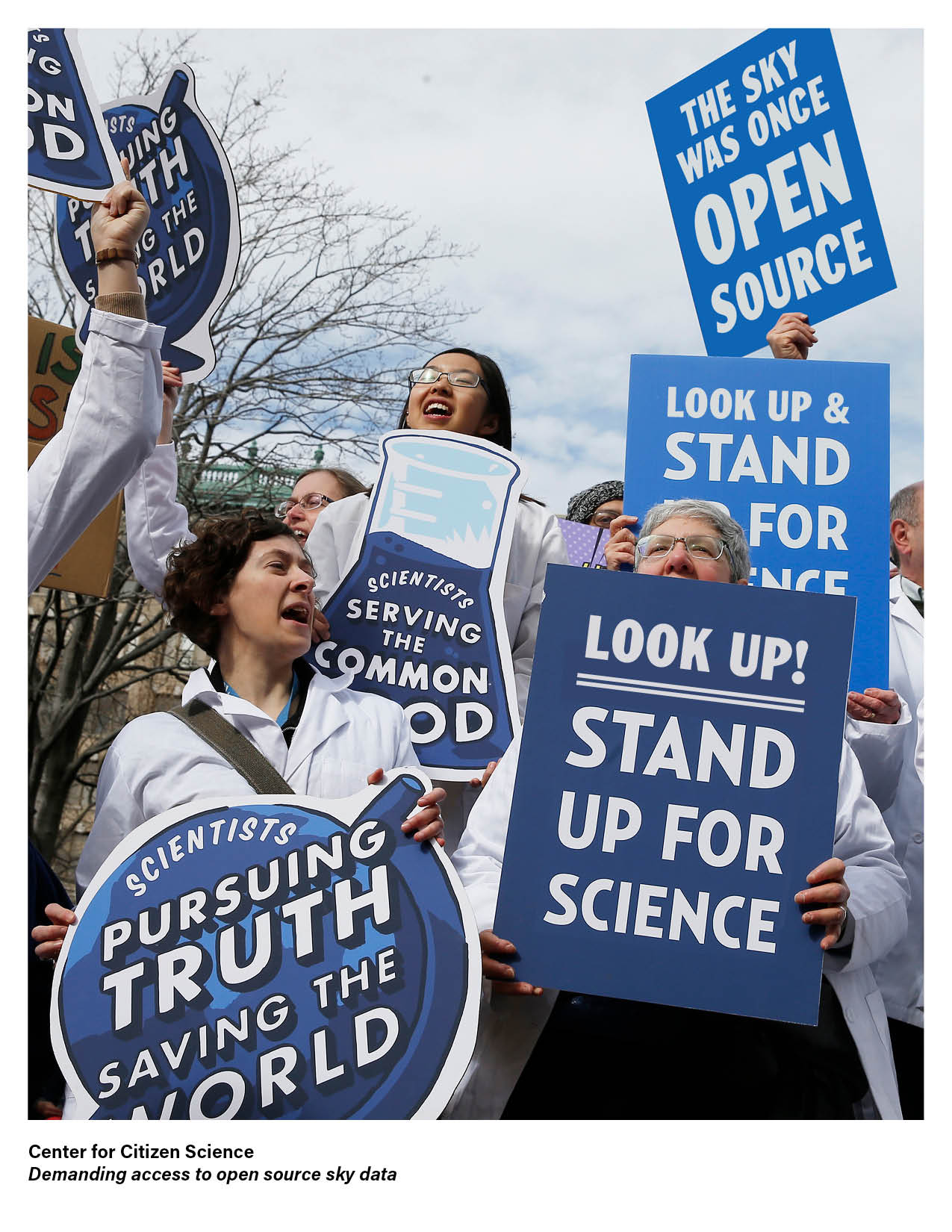

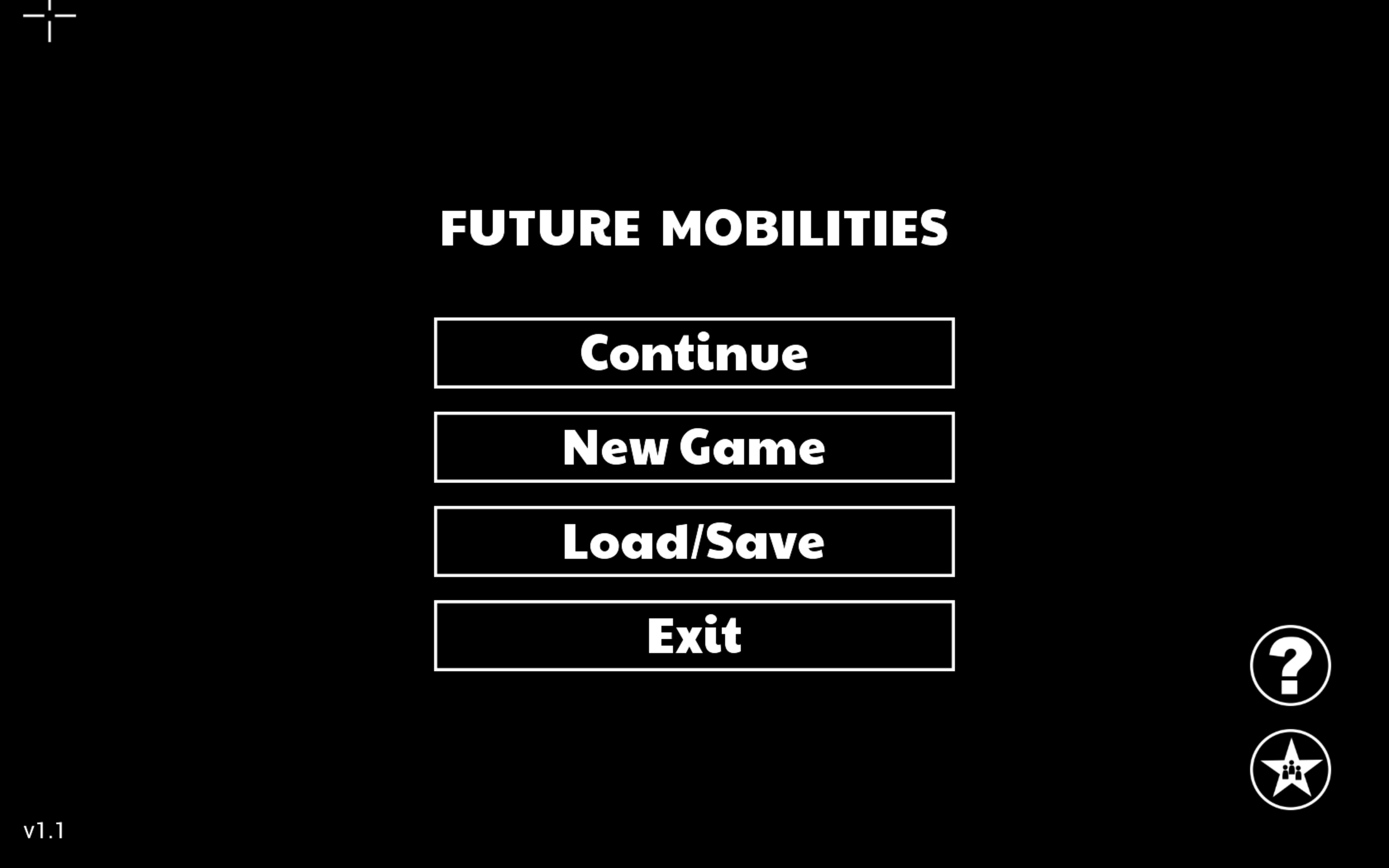

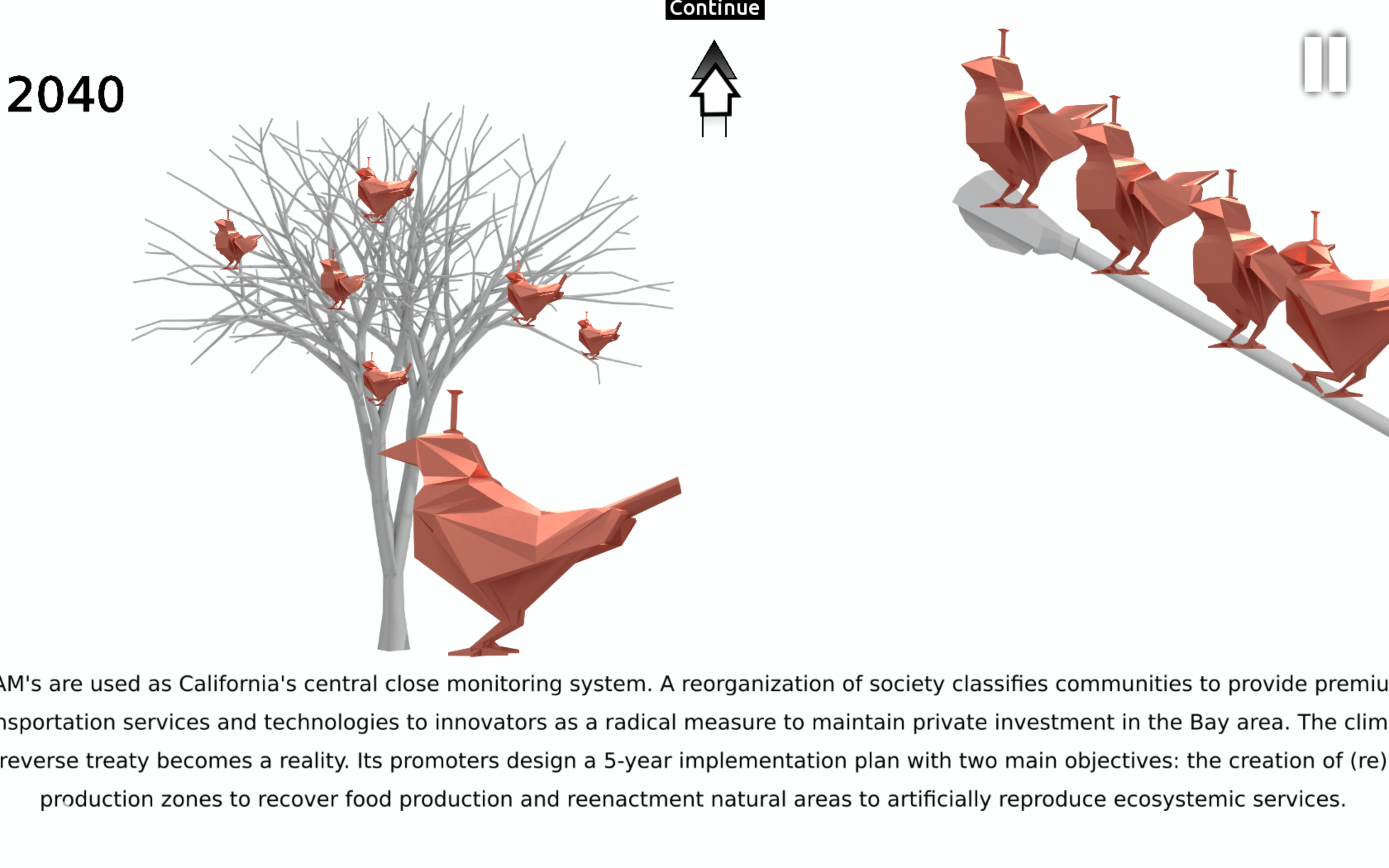
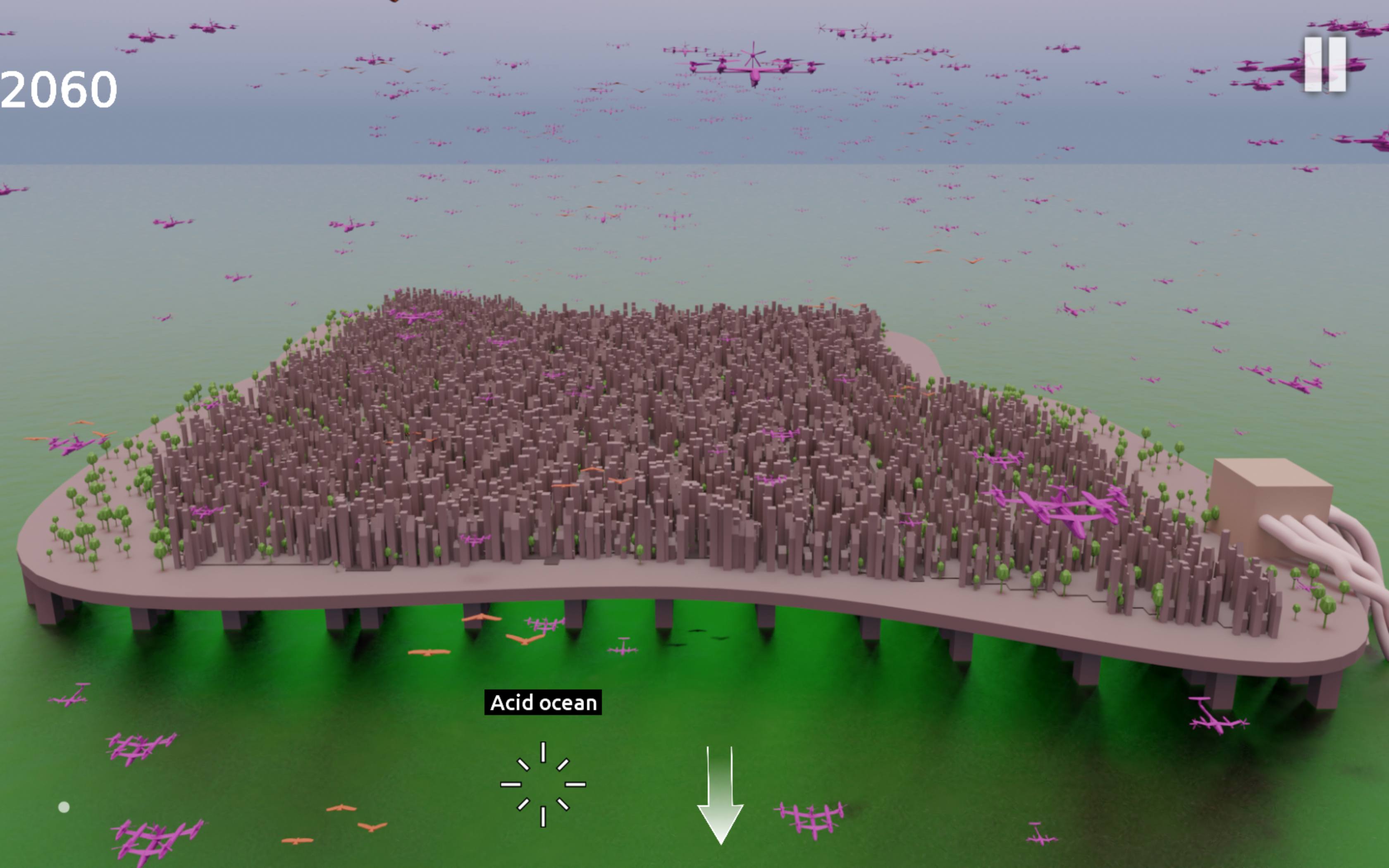


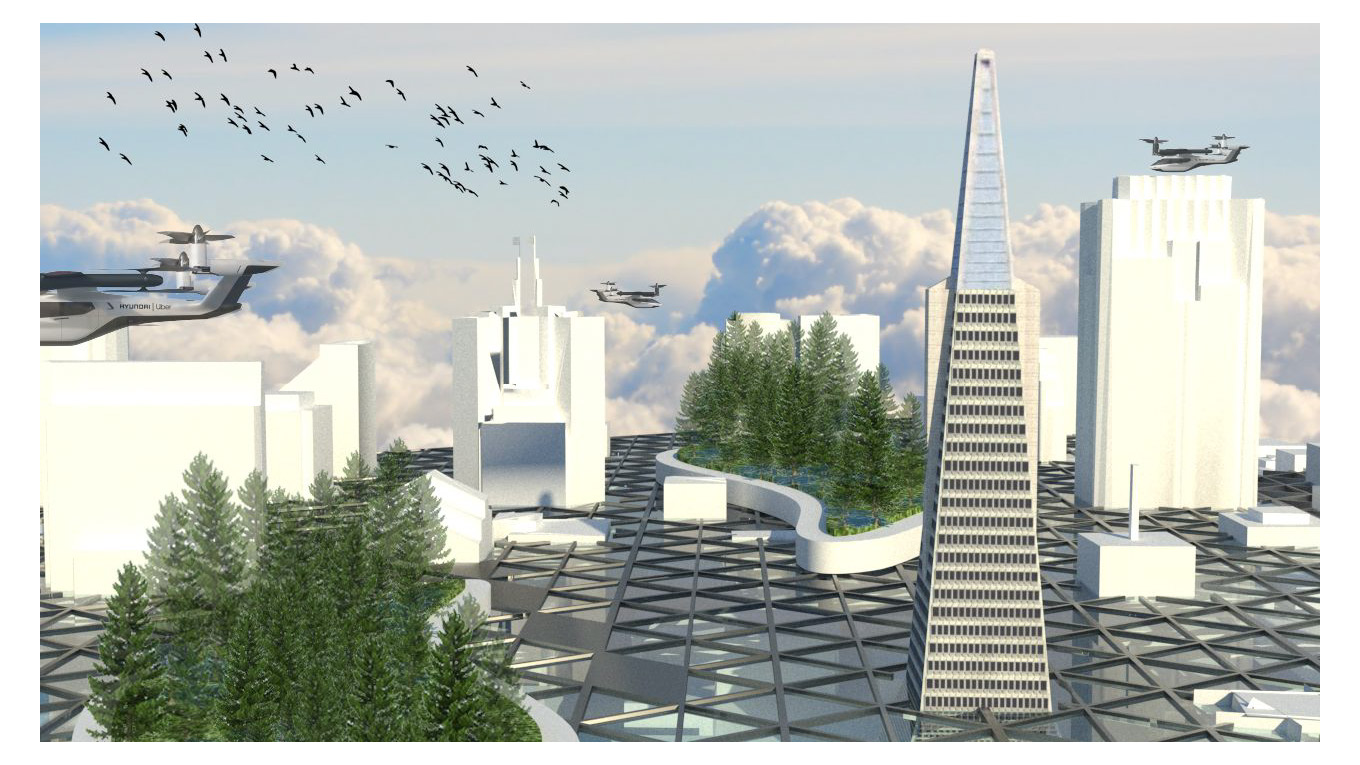
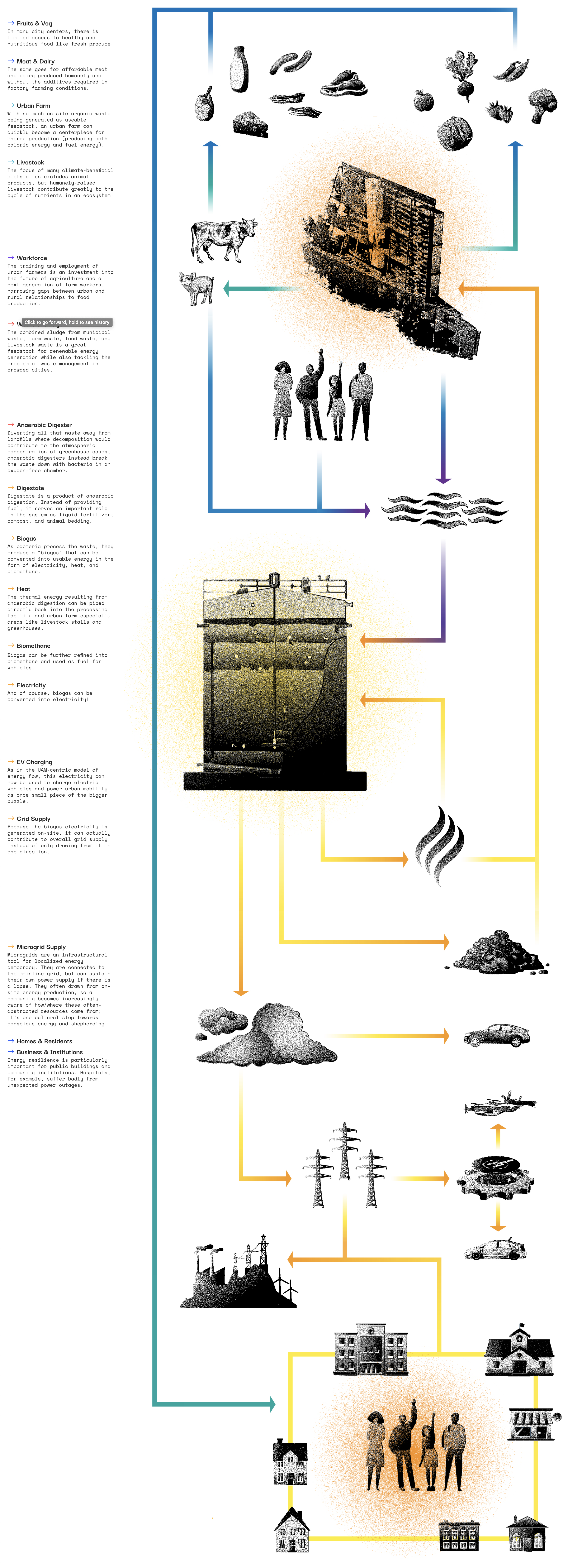

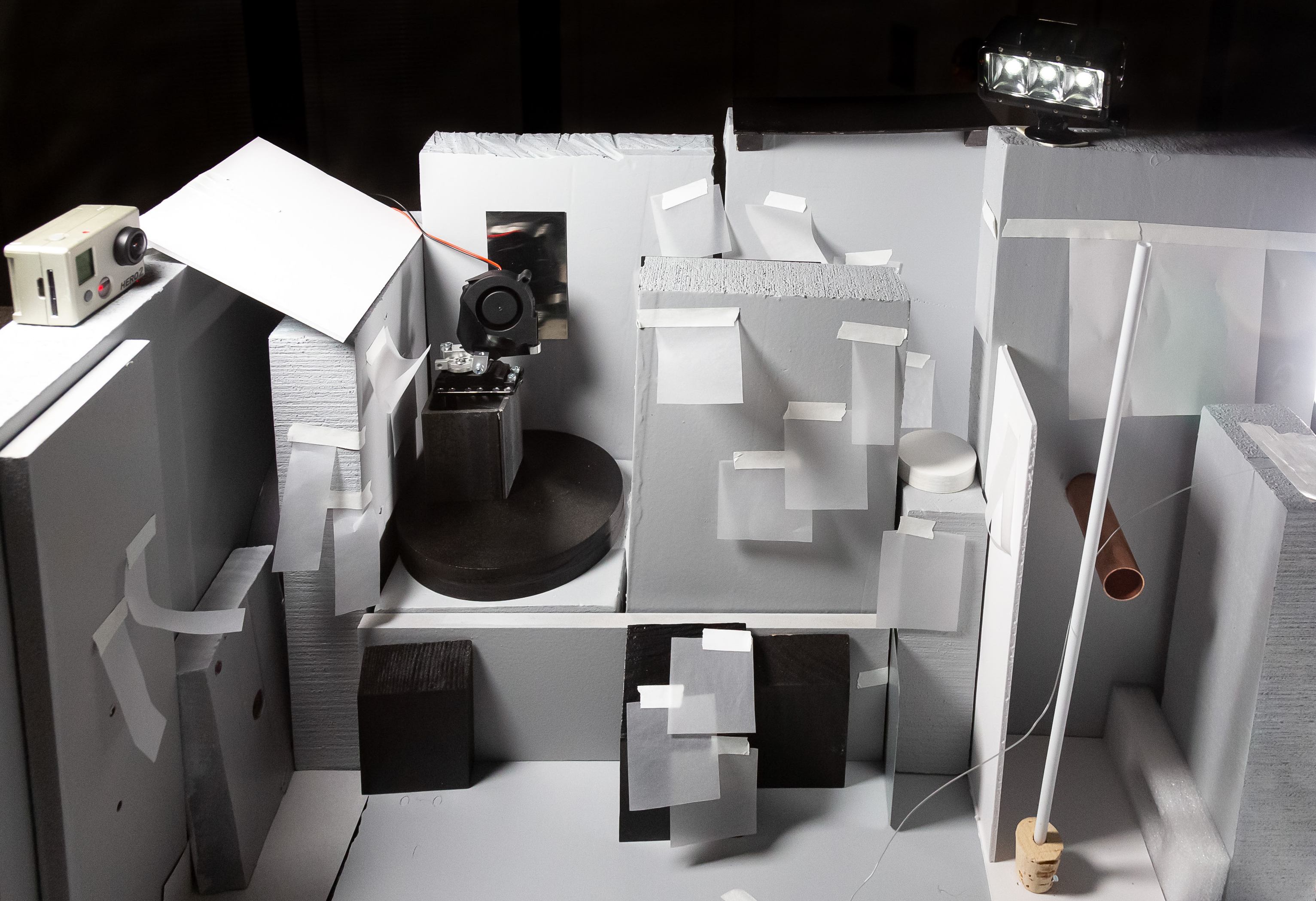
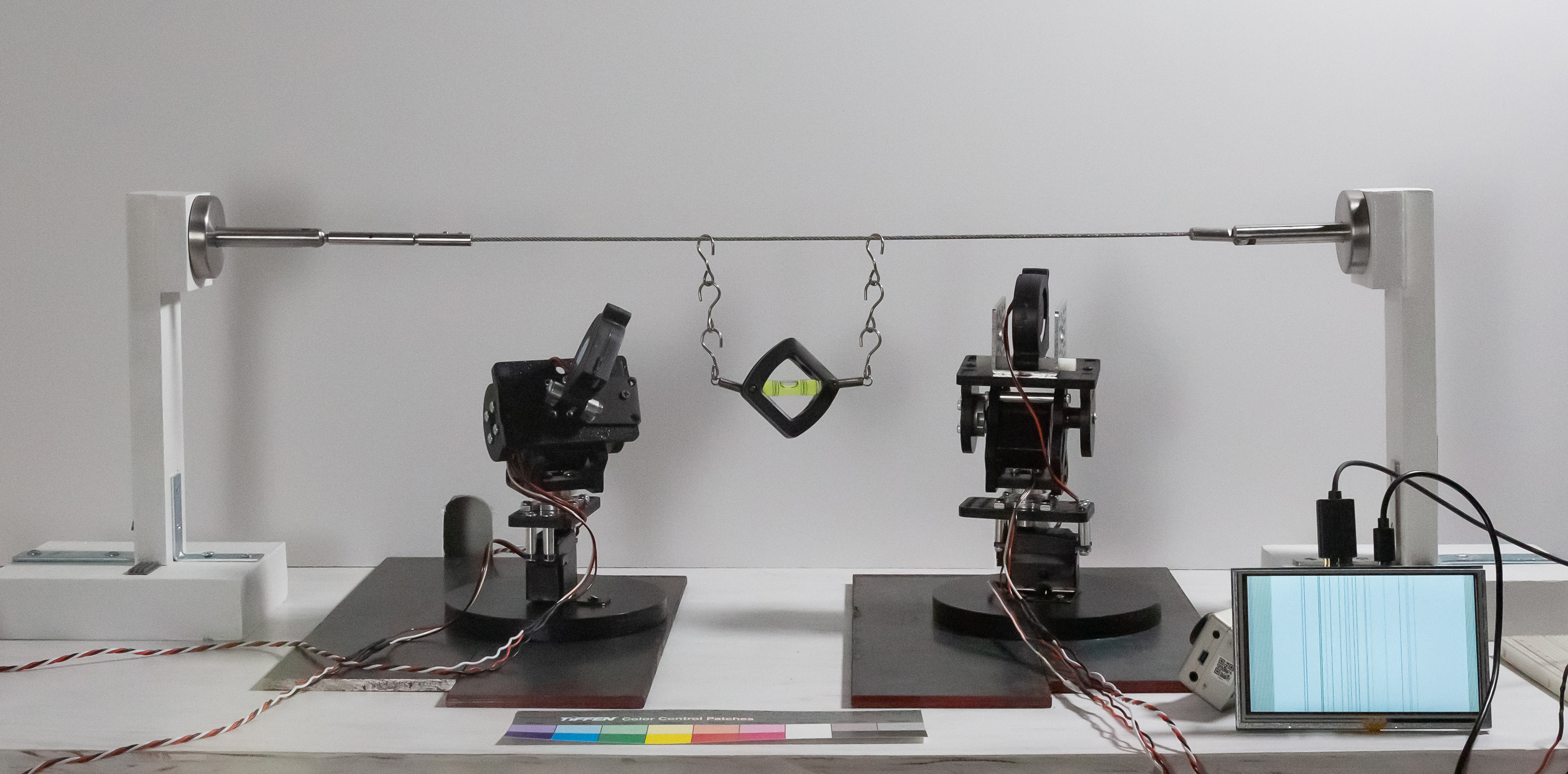
* Finally, the third exploration is about the built environment. This chapter includes reflections on zoning, aerial rights, energy consumption, as well as the potential increase in social disparities in the vertical development of city planning. The visualization of the “aerial city” and the speculation on a new form of city living to support the energy consumption of flying vehicles are some of the outcomes illustrated in this phase.
The resulting outcomes of this research relate to the description and analysis of a specific design methodological context in which critical and speculative practices are adopted within corporate structures as a way to challenge internal decision-making and promote a nature-centric approach to technological determinism.